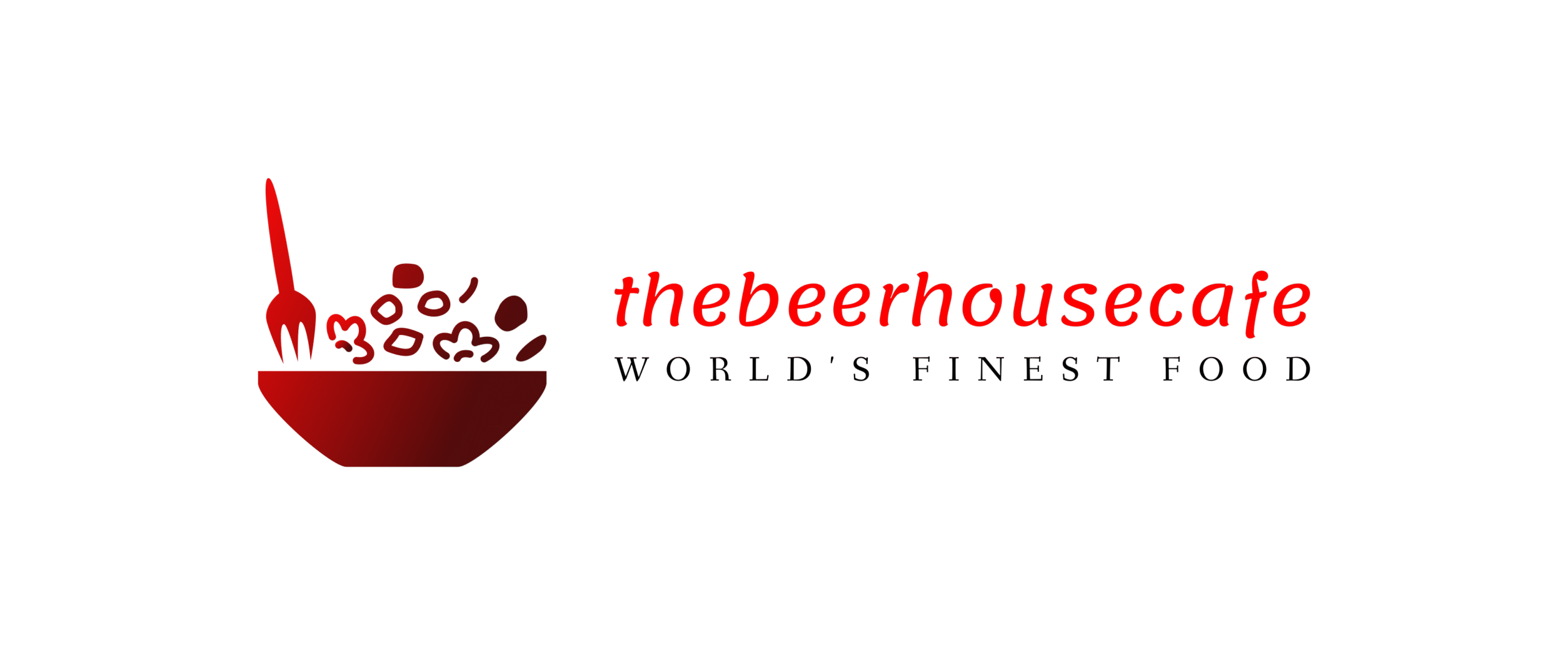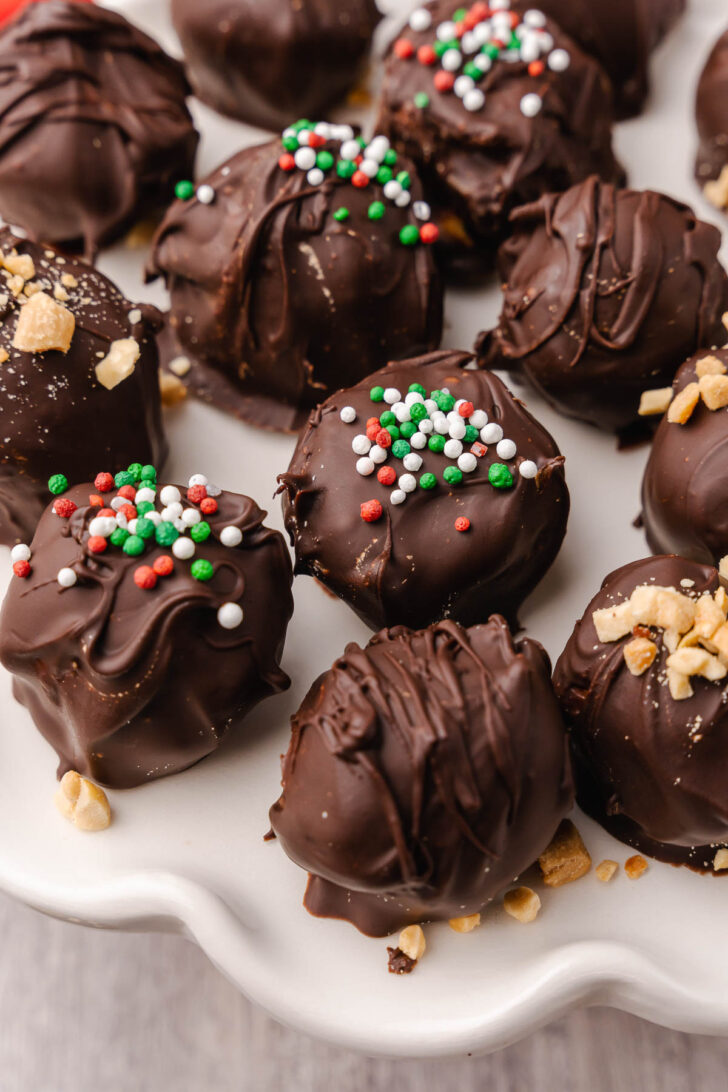Spring Roll vs. Egg Roll: What’s the Difference?

Whether it’s a healthy lunch or some greasy late-night chow after you’ve been burning the midnight oil, your local Chinese joint really does deliver on all fronts. Regardless of what led you to reach for that takeout menu, there’s a good chance you’ll be eyeing the small bites section. (After all, there’s no harm in enjoying a tiny prelude to your General Tso’s, right?) When it comes to making the correct appetizer decision, the devil is in the details. As such, here’s everything you need to know in order to settle the spring roll vs. egg roll debate once and for all.
What is a spring roll?
Let’s be honest, few among us are strangers to the spring roll. That said, there’s a good chance you’ve never pondered the definition of a spring roll—namely because you’re usually too busy sinking your teeth into its crispy exterior to be bothered by such matters. Well, when it comes to better acquaint yourself with an old friend, there’s no time like the present. (Assuming there isn’t a fresh spring roll tempting you at this very moment, that is.) So what is a spring roll exactly? To answer this question, let’s start on the outside and work our way to the heart of the matter.
The first thing you’ll notice about this popular Chinese food is its flaky and oh-so crispy pastry shell. The paper-thin wrapper of a spring roll can be made from either wheat or rice flour; in both cases, you can expect an all-crunch, no-chew texture that’s achieved by either pan-frying or baking.
As for the filling, spring rolls are typically only lightly stuffed (i.e., no more than what the delicate shell can accommodate) with cooked or raw veggies, like shredded cabbage and carrot. That said, there are endless spring roll varieties around, including those that feature chicken, pork or shrimp mixed in with the standard shredded veg.
What is an egg roll?
Now that we’ve broken down the spring roll, let’s take a look at its close cousin. Yep, we’re talking about the delicious egg roll—another Chinese menu staple, albeit one that most likely originated stateside. It’s not hard to spot an egg roll, since its exterior is distinct in both appearance and texture. Egg rolls get their name because the flour wrapper on these guys is dipped in egg, prior to deep-frying, which results in a finished roll that has a thicker shell, a deeper golden-brown color and a more textured surface (think: bubbles). The textural differences don’t end there, however: The egg wash gives this type of roll a doughier texture that you’ll notice upon first bite. In other words, egg rolls are still plenty crispy, but considerably chewier and more substantial.
As you might expect, this thick, egg-washed wrapper can handle a heavier load. Indeed, egg rolls tend to be stuffed more generously and almost always feature meat in the filling—namely because the shell can hold its own, even when greasy, meaty juices are involved.
What’s the difference?
So basically, the key difference between egg rolls and spring rolls has to do with the fact that each is made using a different type of wrapper. Most notably, egg rolls are made using an egg-dipped wrapper and spring rolls are not. As such, the (baked or pan-fried) wrapper of a spring roll boasts a smooth, flaky exterior; while egg rolls are chewier more dense and blistered from the deep-frying process. This critical distinction also extends to what ends up going inside: Spring rolls are most often lightly stuffed with vegetarian fare, whereas egg rolls are a meat-stuffed indulgence that will surely fill you up. Still, from our experience, neither one is likely to let you down.







